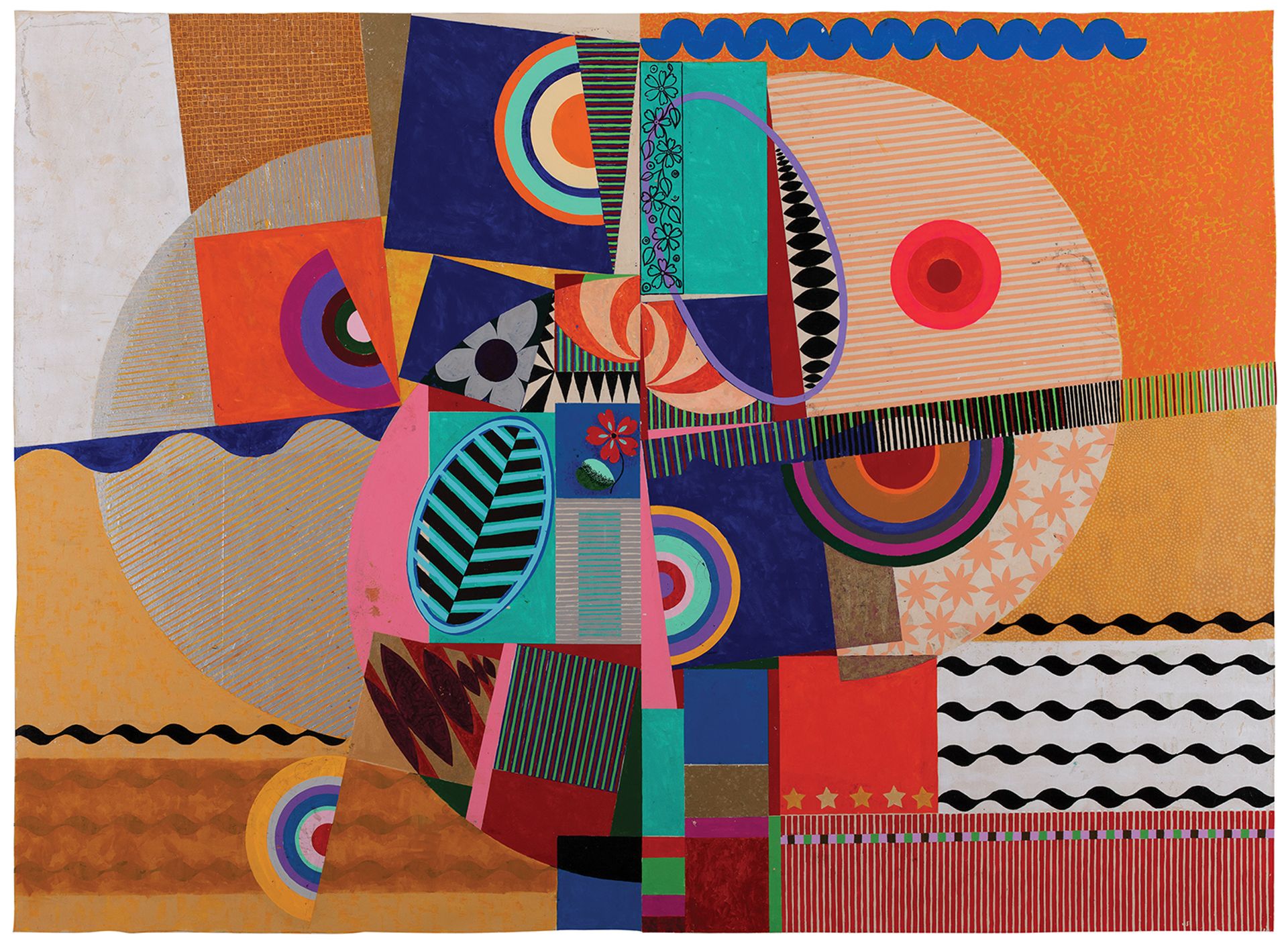The Covid-19 pandemic has fundamentally changed the art world’s ecosphere, in both positive and negative ways. On the one hand, there is still a cloud of uncertainty that dealers, collectors and artists will have to learn to live with. That ambiguity was highlighted on Thursday when President Joe Biden announced new safety precautions and travel protocols, spurred on by the troubling Omicron variant’s rapid global spread. But at Art Basel in Miami Beach, the most apparent change, apart from the strict mask-wearing policy in the convention centre, is the urgency and freshness of the art on view. Art Basel in Miami Beach has always been the tentpole contemporary art event among US fairs, but this year a significant number of exhibitors brought work that is not only contemporary but also very relevant to the moment. There is a sense that the pandemic has given both artists and galleries time to reflect on their practice and redouble their efforts.
“Everyone is in agreement that the quality of work at the fair is particularly impressive this year,” says Molly Taylor of New York’s Kasmin gallery. “A lot of artists spent the majority of 2020 in relative solitude, in their studios, ruminating on a swiftly changing world. The nuance and conceptual rigour of the work by our contemporary artists reflects that.” With Kasmin making 21 sales by the end of the fair’s first VIP day on Tuesday, it is clear there was an appetite for buying, even if some gallerists noted that the timed entry during the preview days sapped some of the traditional energy that dealers crave. Among Kasmin’s early sales were a dynamic, large-scale James Rosenquist charcoal work on paper from 1985, Mute Transformations, priced at $300,000, and Cynthia Daignault’s Witness Tree (2021), which sold for $65,000.

Beatriz Milhazes’s O Sanfoneiro alegre (2021) sold for $1.3m at Pace gallery Photo: © Beatriz Milhazes: courtesy Pace Gallery
“For a while, the fair was still a little bit of a question mark. Was it going to happen? Could everyone go? Then, around six weeks ago, we knew Europeans were going to be able to come, which was a huge relief for everyone”, says Jessie Washburne-Harris of Pace. The mega-gallery packed a lot of flash into its stand, showing NFTs on massive screens and the obligatory work by Jeff Koons. Paintings by Beatriz Milhazes and Koons sold there for $1.3m and $1m respectively, while in the metaverse Glenn Kaino’s Invisible Man NFT sold for $50,000 on Pace Verso, the gallery’s newly launched NFT platform.
Lehmann Maupin saw a lot of foot traffic throughout the fair, especially around its Latin American artists, Teresita Fernández and Angel Otero. Works from Fernández’s Dark Earth series sold out, for a total of $1.3m. Otero’s work also sold out, including the monumental La Victoria (2013), which went to a US foundation for a tidy $250,000. “Miami has always been a great opportunity to meet new collectors, but also the collectors based in South America, South Florida and Palm Beach—some of the biggest families in collecting who don’t always travel north for the Armory. It’s always been an exciting market here,” says Alejandro Jassan, an associate director at the gallery. A perfect example is Eugenio López Alonso, the heir to the Jumex fruit juice fortune, who usually avoids art fairs but was one of the first people to be seen walking through on VIP day.
Another benefit of the fair is the opportunity it provides for galleries to interact with each other and collaborate—things that were not possible at the height of the pandemic and, depending on how aggressive Omicron turns out to be, may be unadvisable in the near future. “I believe strongly that we are now in an era of collaborations,” says Pamela Echeverría of Mexico City’s Labor gallery, who is sharing a stand with the gallerist Jaqueline Martins from São Paulo. Echeverría, like many others, is excited to be on “this pandemic adventure in Miami” but recognises that the world has fundamentally changed. “The truth is that the pandemic is here to stay,” she says. “If you’re vaccinated, you’ll have all you need to travel and do your best. The pandemic is not going anywhere, but the world has to keep on spinning. When borders and airports close, there will be issues, but that’s going to happen. Getting stuck in a country while travelling was common last year. Obviously, there’s a level of uncertainty about what will happen next, but all we can do is prepare as best we can.”


